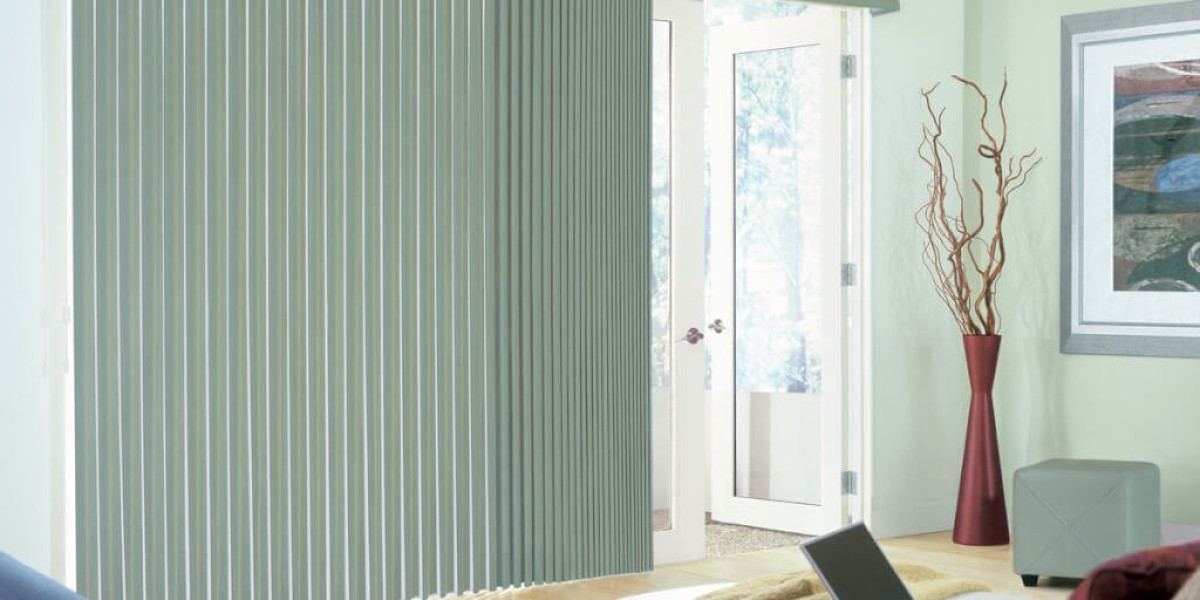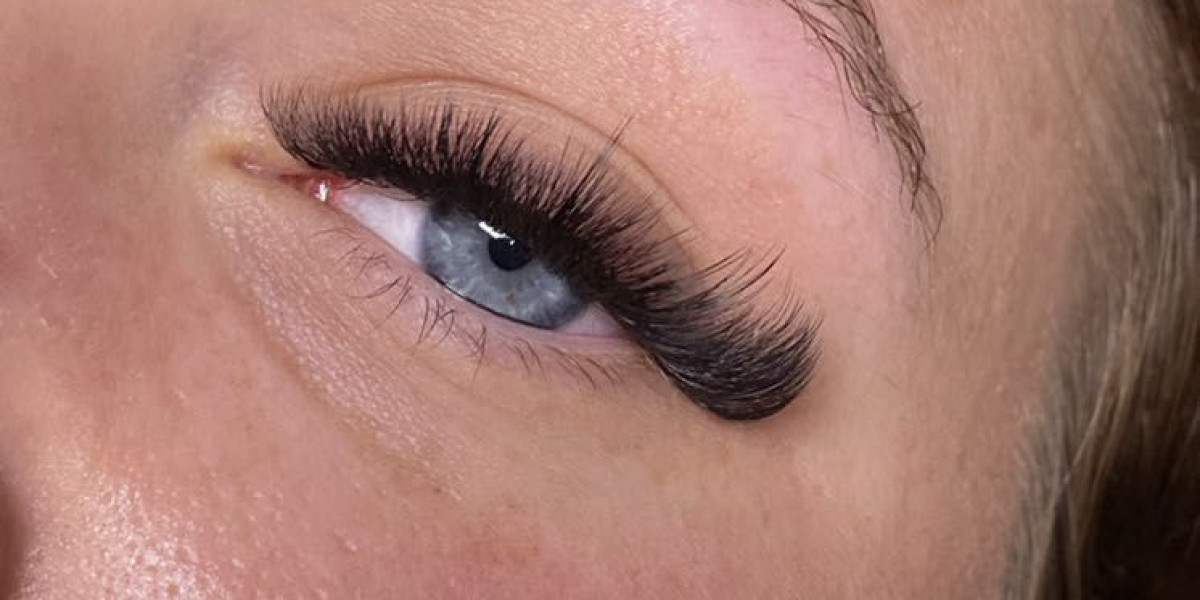Are you looking for a stylish yet practical solution to manage the light and privacy in your home? Vertical blinds might just be the answer you've been searching for. Whether you're sprucing up your living room, adding a touch of elegance to your office, or simply wanting to keep the sun out of your bedroom, vertical blinds offer a versatile and attractive option. But what makes them so special, and why should you consider them for your space?
What Are Vertical Blinds?
Vertical blinds are window coverings made of individual slats that hang vertically from a track. These slats, also known as vanes, can be made from various materials such as fabric, PVC, or wood. They are typically used for large windows and sliding glass doors, providing excellent control over light and privacy.
Imagine vertical blinds as the tidy rows of soldiers standing guard over your windows, ready to tilt and turn at your command, letting just the right amount of light in while keeping prying eyes out. With a simple pull of a cord or twist of a wand, you can adjust the slats to your preferred angle.
Benefits of Vertical Blinds
Light Control
One of the main advantages of vertical blinds is their ability to control light. Whether you want to block out the sun completely or let in just a sliver of light, vertical blinds give you the flexibility to do so. This makes them perfect for any room where you need to adjust the lighting throughout the day.
Privacy
Vertical blinds offer excellent privacy control. By adjusting the angle of the slats, you can prevent outsiders from peeking into your home while still enjoying the view outside. This is particularly beneficial for rooms facing the street or neighboring houses.
Versatility
These blinds are incredibly versatile and can be used in various settings, from homes to offices. They come in a wide range of styles, colors, and materials, allowing you to find the perfect match for your décor.
Types of Vertical Blinds
Fabric Vertical Blinds
Fabric vertical blinds offer a soft, elegant look and are available in a wide range of colors and patterns. They can add a touch of sophistication to any room and are ideal for living rooms, bedrooms, and offices.
PVC Vertical Blinds
PVC vertical blinds are highly durable and easy to clean, making them perfect for kitchens and bathrooms. They are resistant to moisture and can withstand high humidity levels, ensuring they last longer in such environments.
Wooden Vertical Blinds
For a more natural and warm aesthetic, wooden vertical blinds are an excellent choice. They add a touch of elegance and are perfect for creating a cozy, inviting atmosphere in your home.
Materials Used in Vertical Blinds
Fabric
Fabric vertical blinds provide a soft, textured appearance and are available in numerous colors and patterns. They are great for adding a decorative touch to any room.
PVC
PVC is a popular material for vertical blinds due to its durability and ease of maintenance. It is also resistant to moisture, making it ideal for bathrooms and kitchens.
Wood
Wooden slats add a natural, warm feel to your space. They are available in various wood types and finishes, allowing you to customize the look to match your interior design.
Aluminum
Aluminum slats are lightweight and durable, providing a sleek, modern look. They are resistant to rust and corrosion, making them a practical choice for many environments.
Choosing the Right Vertical Blinds
Consider the Room's Purpose
Think about the room where you plan to install the blinds. For example, you might want light-blocking blinds in a bedroom for better sleep, while in a living room, you might prefer blinds that let in more light.
Match the Décor
Choose blinds that complement your existing décor. Consider the color scheme, furniture style, and overall aesthetic of the room.
Material Preferences
Decide on the material based on the room's requirements. For instance, PVC or aluminum might be better for humid areas, while fabric or wood could be ideal for living rooms and bedrooms.
Decorating with Vertical Blinds
Color Coordination
Choose colors that complement or contrast with your room's color scheme. This can enhance the overall aesthetic and create a cohesive look.
Layering
Consider layering vertical blinds with curtains or drapes for added texture and style. This can also provide extra insulation and light control.
Conclusion
Vertical blinds are a versatile and stylish solution for managing light and privacy in any space. With a range of materials, colors, and customization options, you can find the perfect blinds to suit your needs and enhance your décor. Whether you're looking to add a touch of elegance to your living room, improve energy efficiency, or ensure child safety, vertical blinds offer a practical and attractive option.



